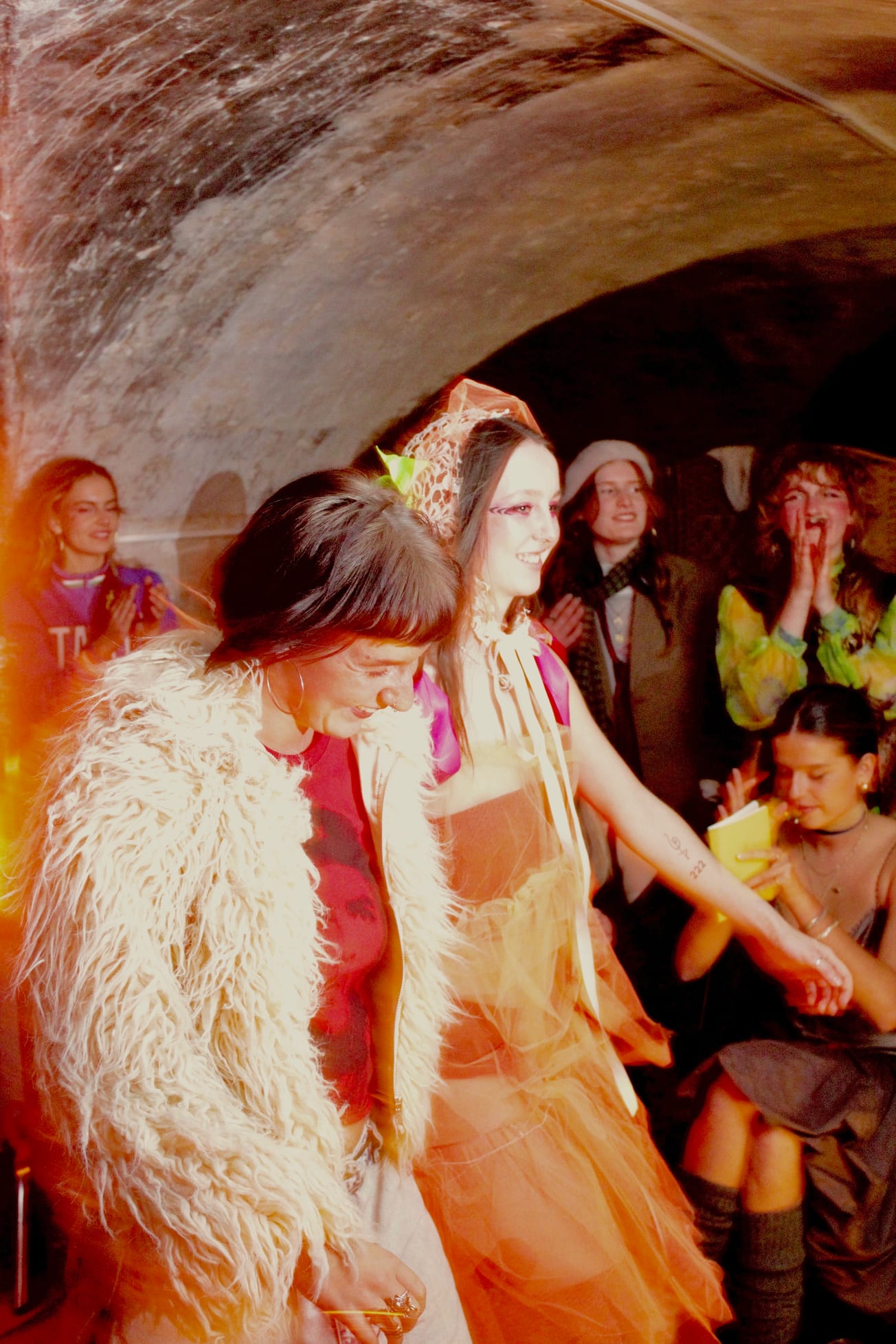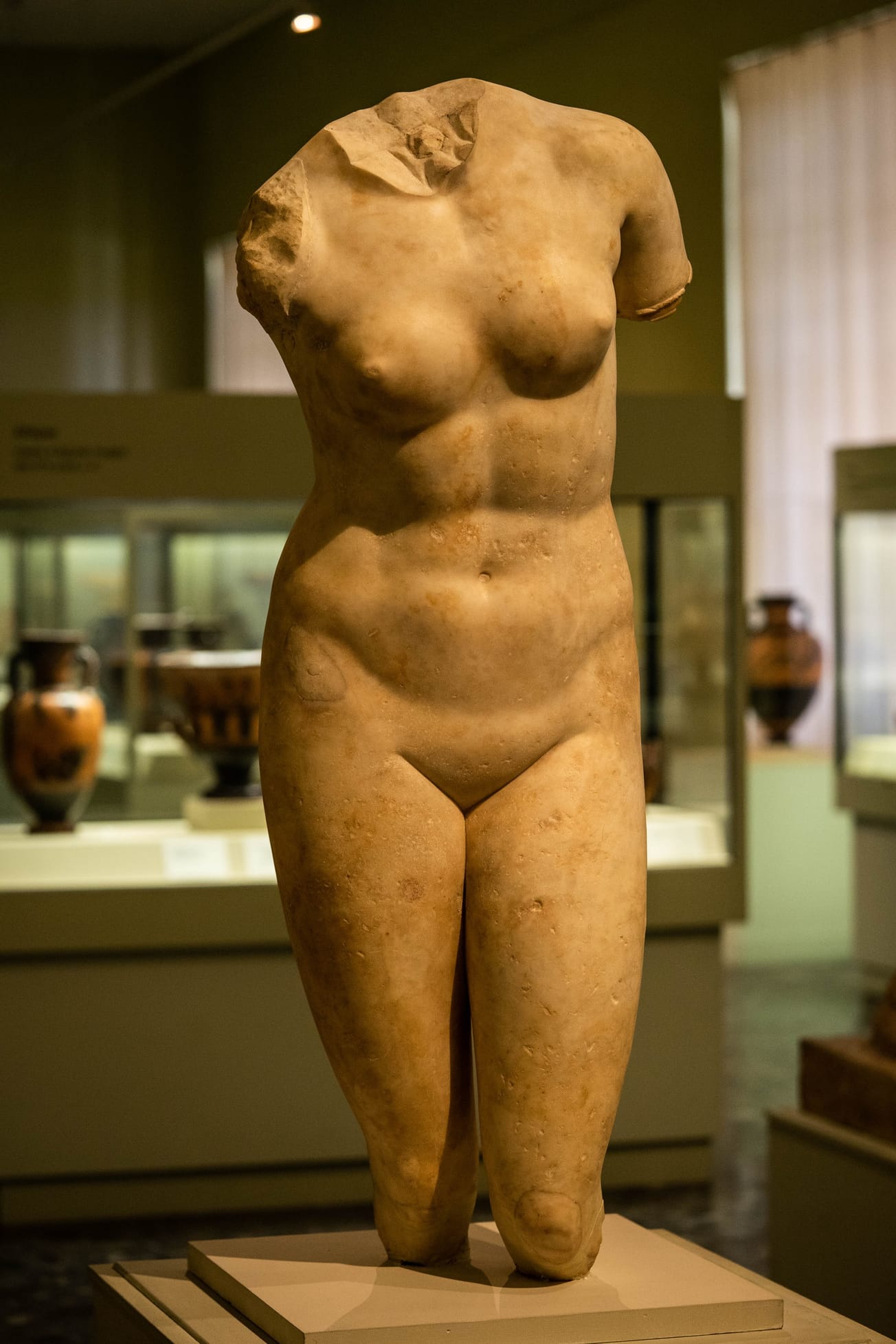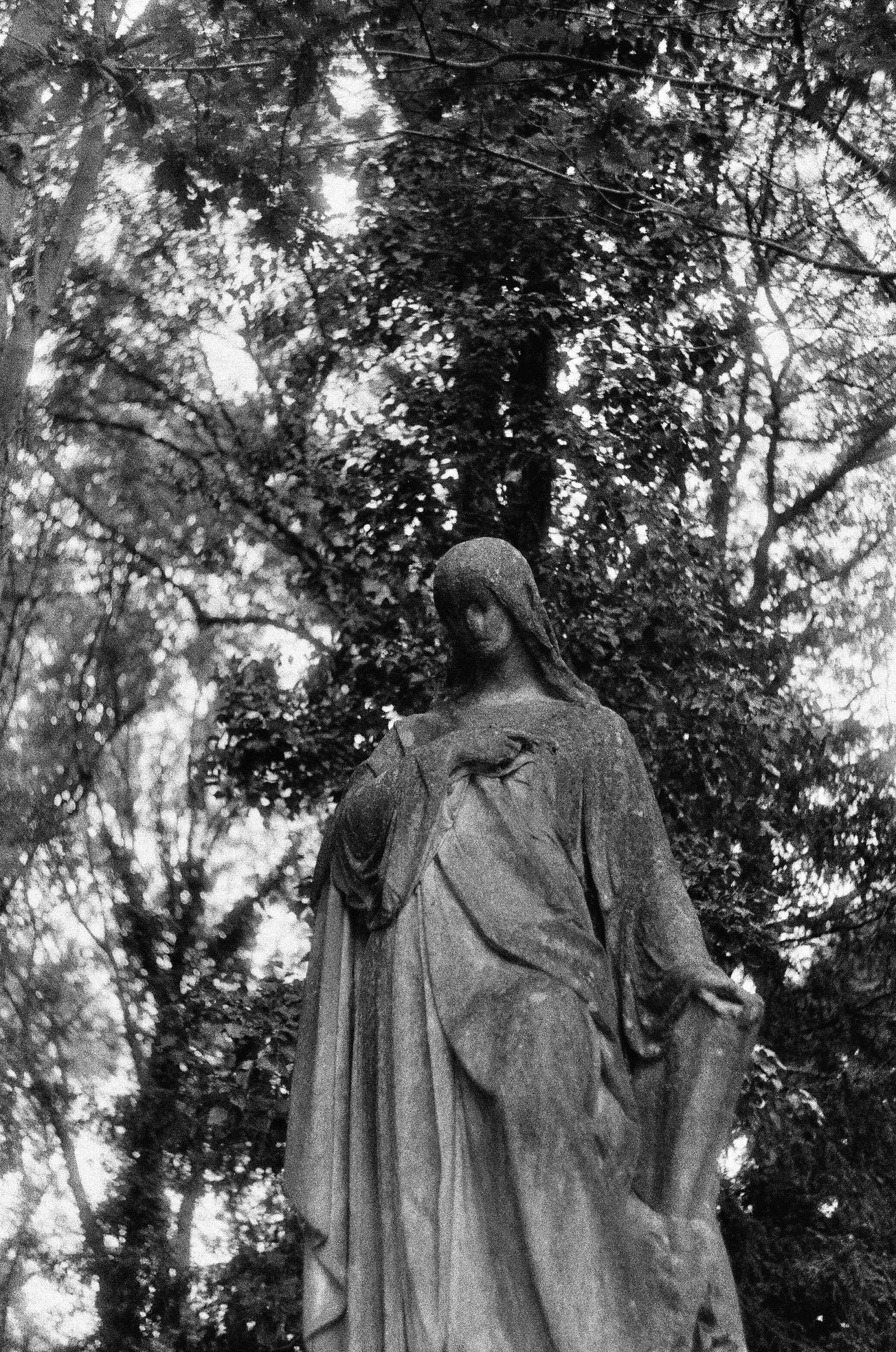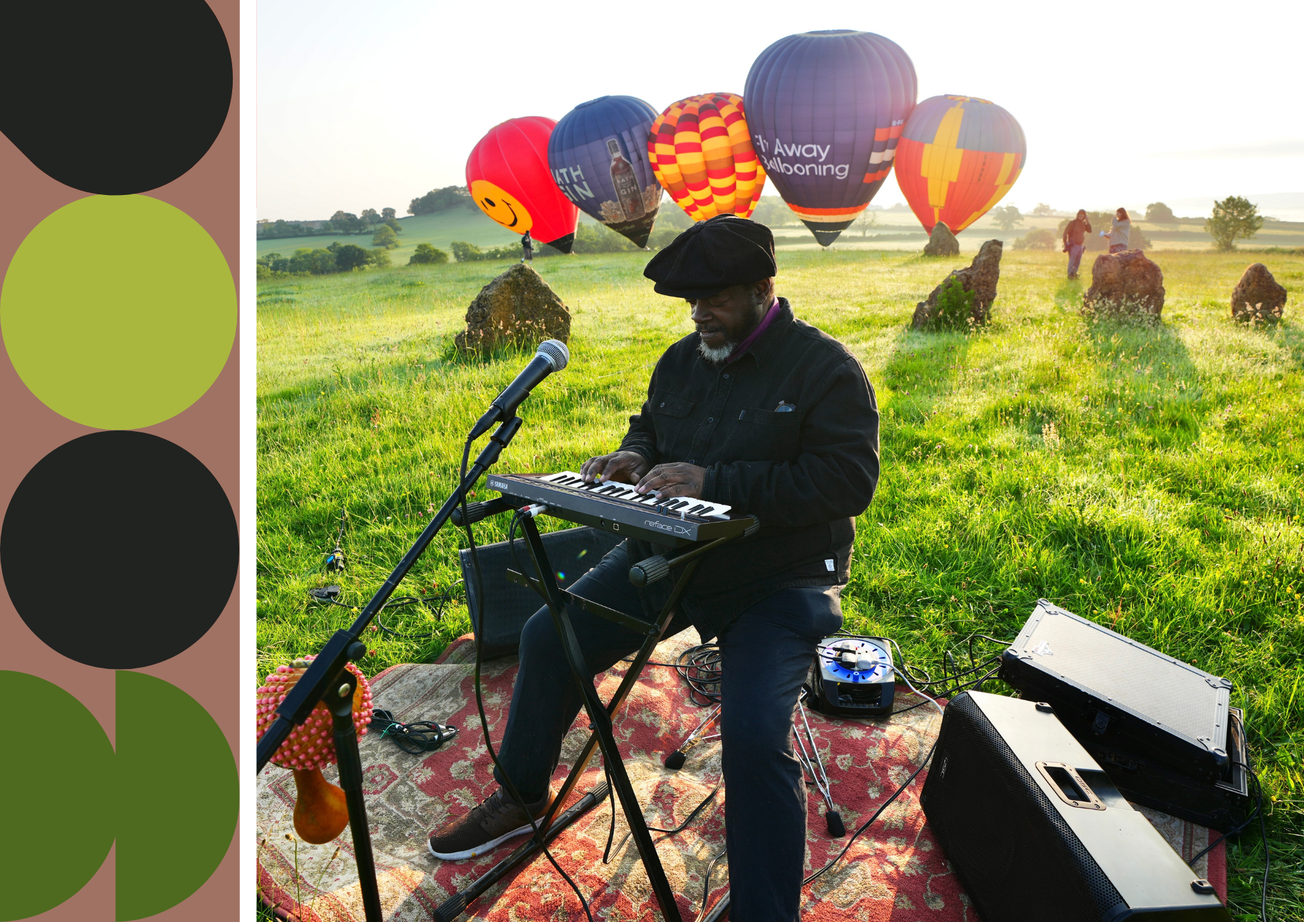By Emily Fromant, Co-Editor in Chief
The Croft Magazine// Co-Editor in Chief Emily explores fashions dark side and the permetations of the colour black through the catwalk creations of McQueen, Takashi and Rick Owens...
Gothic subculture exploded onto runways in the late 1970s. The dark, edgier looks represented a wave of self-expression. Its tenebrous, seductive nature was unavoidable for designers and the exploration of morbid silhouettes, elements of fantasy, and minimalist designs meant Haute Goth has been a presence on our runways year after year. Often holding the stereotype of being something scary, at times even kitschy, our minds usually wander to Halloween costumes, rather than high fashion runways when thinking of Haute Goth. But Haute goth is no stranger to the catwalk. The characteristics of 'Haute goth' can be summarised into three elements. It’s unwavering celebration of identity, change and the pursuit of something new. Haute Goth is a space between art and fashion. Often designers experiment with abstract silhouettes and extreme runway shows with new combinations being realised through the mismatch of opposite patterns or designs. It harks back to the old, heavily influenced by Victorian and Edwardian attire whilst also adopting futuristic elements, celebrating both its tradition and the future of the genre. Haute Goth has had many phases in fashion, it is beautiful and bold - but which designers are leading the way?
ALEXANDER MCQUEEN
Alexander McQueen shaped Haute Goth as we know it. McQueen was always fascinated with the gothic and its endless shock value. For McQueen, his love for gothic came from his love of history. Goth couture was a way to express a story, whether it was his first fashion line inspired by the Jack the Ripper case, McQueen uses goth Victorian, Edwardian elements to hark back to the past.
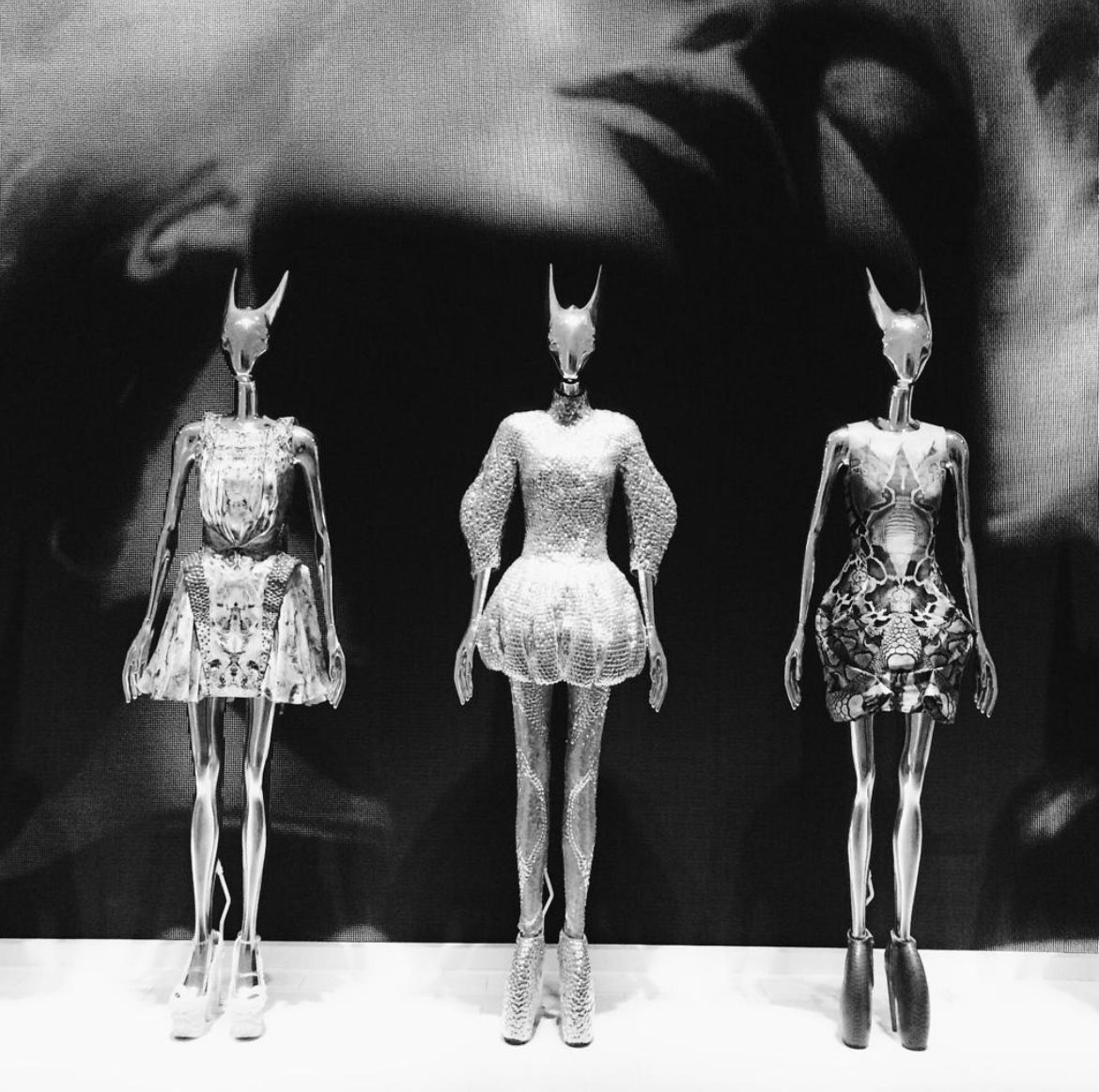
It wasn’t all in the past for McQueen, he blends the past and present in a beautiful ode to art and fashion. He celebrated untold, unexplored histories intertwined with oppression and politics. This tension between the present and past is seen in McQueen’s work - in the distressed fabric; screen-printed photographs; fragments of historical dress disassembled and reordered.
JUN TAKASHI
Jun Takashi similarly uses gothic fashion as a form of storytelling. His intense eye for detail reveals intricate accessories, his eye-ring is a nod to one of A Clockwork Orange's most uncomfortable scenes. His work isn’t stereotypical gothic, including colour and geometric patterns. He incorporates graphic print into each of his designs, a love letter to his childhood and of media.
Takashi’s FW19 collection (and one of my personal favourites) was full of rebellion. With dark eyeliner, fishnet tights, with a steampunk vibe. Models even flipped off the photographer.
As he has grown as a designer, his recent gothic designs have changed with him. Haute Goth, in its versatile nature, is a metamorphic genre, easily adaptable to the designer’s growth. For Takashi, his recent work has moved away from the streetwear he is known for into elegant, softer suits.
MARKO MITANOVSKI
Serbian designer Marko Mitanovski has always fought against fashion’s rigid rules. His work takes on an almost inhuman element, blending architecture and fashion in a captivating way. His work has always mixed modern structures with fantasy elements, creating almost hybrid-esque creatures walking down the runway.
Just like his fellow designers before, Mitanovski has always been inspired by media and film. His rigid silhouettes are clearly influenced by horror classics. He further leans into the horror elements by exploring latex and leather – symbols of power and sexuality that have often followed the goth subculture.
RICK OWENS
Nicknamed the “Godfather of Goth Glam” Rick Owen’s designs are well known for their futuristic, at times apocalyptic feel. His work is always sleek, and bold with geometric lines; right down to the shows, which are always on point. For Owens, no detail is too small. His work is both brutal, and beautiful and has paved the way for many other designers.
His bold nature goes far beyond his designs, taking center stage on his experimental runways. For Owens, runways are an extension of his art. One year, models carried one another upside down, another they walked through flames. His work at its core is about experimentation and not giving a fuck about what others think.
Why back to black?
Goth couture is seeing a resurgence. This fashion week black was back and brighter than ever before. But why? Why are so many designers gravitating towards gothic styles and black latex?

Black is a historical colour. It has stood for protection, power, and rebellion. So perhaps there is a reason behind runways’ recent return to the staple colour. Political unease and upheaval are something many of us have heard of or experienced in the last year. It is no surprise designers are seeking out a form of rebellion of their own.” The meaning of black is so complicated,” notes Valerie Steele in Elle Magazine, fashion historian and director of the Museum at the Fashion Institute of Technology. “It’s something very pure and strict, something that’s very erotic, something powerful. It’s not a soft look. It’s a hard look.” The striking Haute goth is sending a message in 2022, of strength, resilience, and enduring fortitude.
Featured Image: Louie Castro-Garcia
What are your favourite gothic styles? Let us know!



